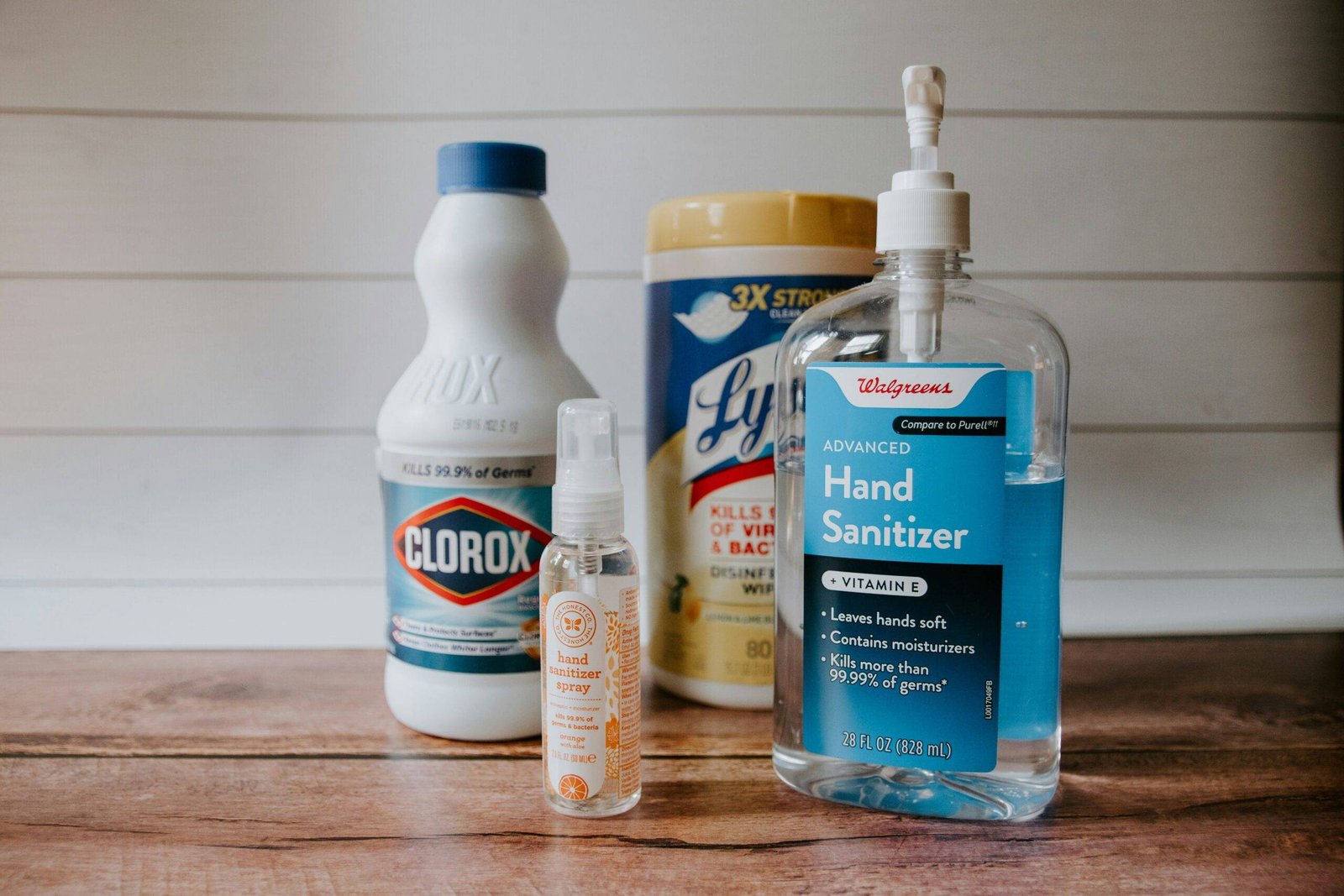What is Occupational Hygiene?
Occupational hygiene is the science and practice of identifying, assessing, and controlling workplace hazards that could affect the health and well-being of workers. It focuses on preventing and minimizing exposure to various physical, chemical, biological, and ergonomic hazards in the workplace.
An occupational hygienist is a trained professional who applies scientific principles and techniques to measure and control these hazards. They work closely with employers, employees, and regulatory bodies to ensure that workplaces are safe and healthy.
The Importance of Occupational Hygiene
Occupational hygiene plays a crucial role in safeguarding the health and well-being of workers. Here are some reasons why it is important:
1. Protecting Workers’ Health
The primary goal of occupational hygiene is to protect workers from exposure to hazardous substances and conditions. By identifying and controlling workplace hazards, occupational hygienists help prevent occupational diseases, such as respiratory disorders, skin conditions, and occupational cancers. They also contribute to reducing the risk of accidents and injuries in the workplace.
2. Improving Productivity
A healthy workforce is a productive workforce. By ensuring a safe and healthy work environment, occupational hygiene helps to minimize absenteeism, turnover, and medical costs associated with occupational illnesses. It also enhances employee morale and satisfaction, leading to increased productivity and efficiency.
3. Compliance with Regulations
Occupational hygiene is essential for organizations to comply with local and international regulations and standards. Failure to meet these requirements can result in legal consequences, fines, and damage to the company’s reputation. Occupational hygienists assist organizations in understanding and implementing the necessary measures to meet regulatory obligations.
4. Risk Management
Identifying and assessing workplace hazards is a crucial part of risk management. Occupational hygienists use various techniques, such as air sampling, noise monitoring, and ergonomic assessments, to evaluate the level of risk associated with different hazards. They then recommend control measures to minimize or eliminate these risks, ensuring a safer working environment.
5. Prevention of Occupational Diseases
Occupational hygienists play a vital role in preventing occupational diseases. Through their expertise in hazard identification and control, they help reduce the risk of exposure to harmful substances and conditions. This proactive approach focuses on preventing diseases rather than simply treating them, leading to better long-term health outcomes for workers.
6. Continuous Improvement
Occupational hygiene is an ongoing process that involves regular monitoring, evaluation, and improvement of workplace conditions. By conducting regular assessments and implementing control measures, occupational hygienists contribute to the continuous improvement of health and safety in the workplace. They stay updated with the latest research, technologies, and best practices to ensure the most effective and efficient control measures are in place.
Conclusion
Occupational hygiene is a critical aspect of workplace health and safety. It focuses on identifying, assessing, and controlling workplace hazards to protect workers’ health and well-being. By ensuring compliance with regulations, managing risks, and preventing occupational diseases, occupational hygienists contribute to creating safer and healthier work environments. Investing in occupational hygiene not only benefits the workers but also improves productivity, reduces costs, and enhances the overall reputation of an organization.













